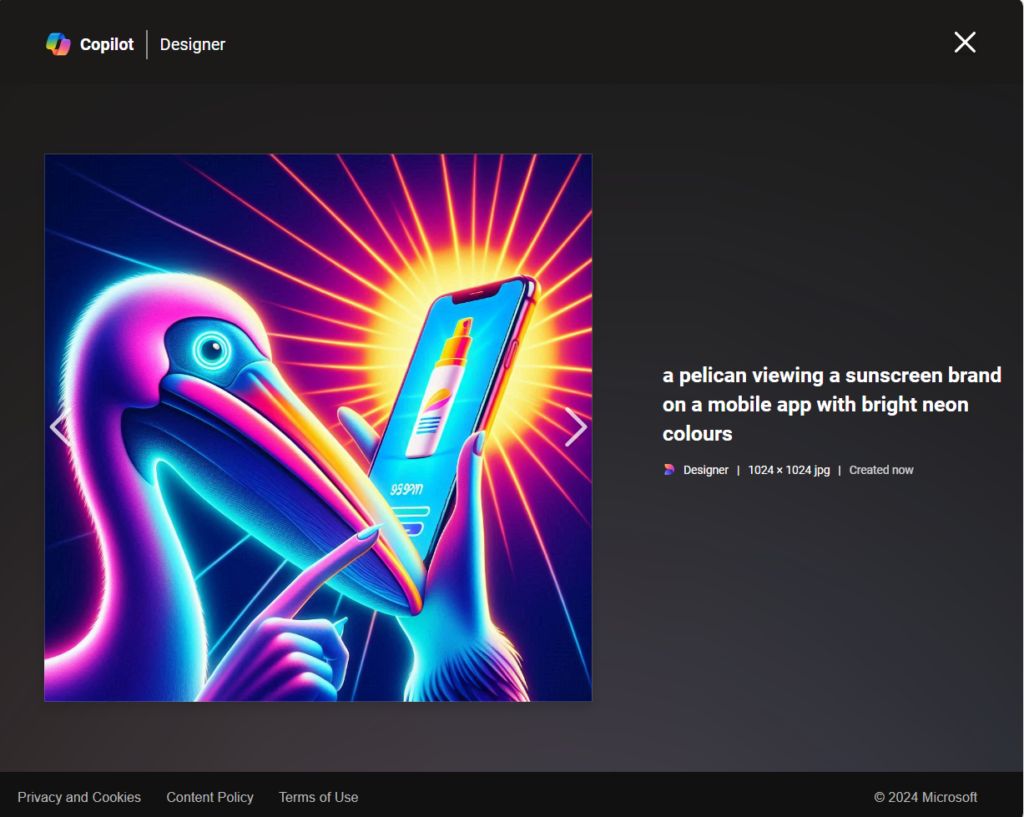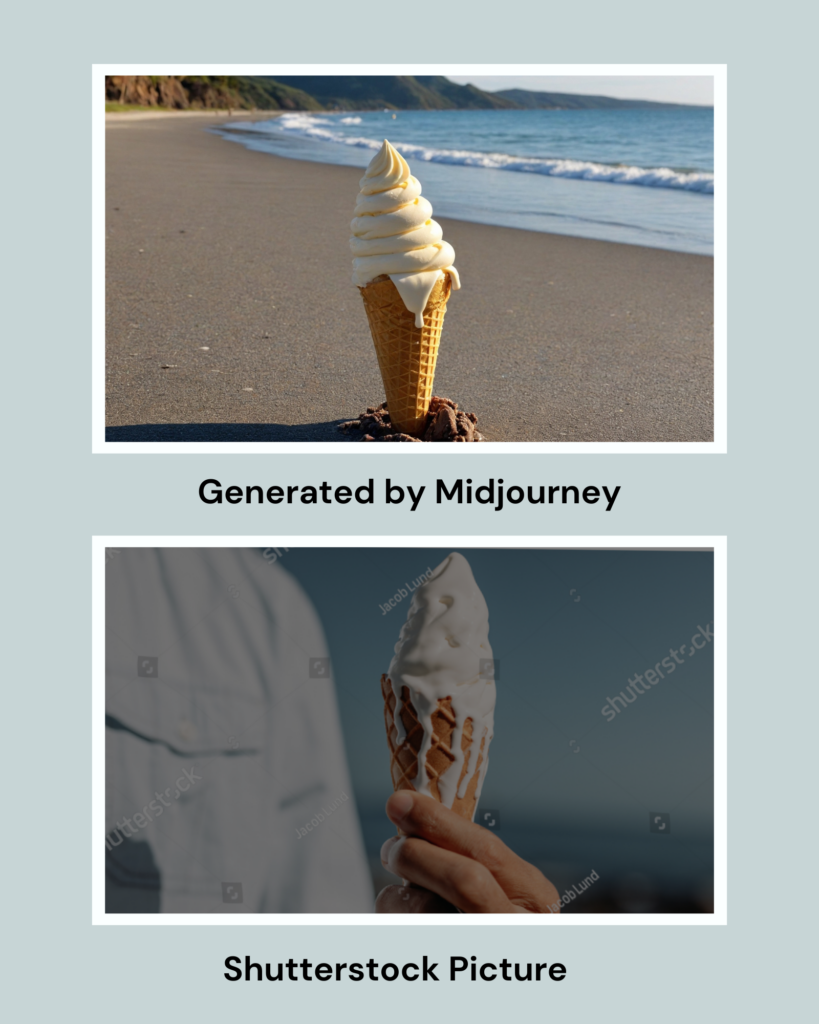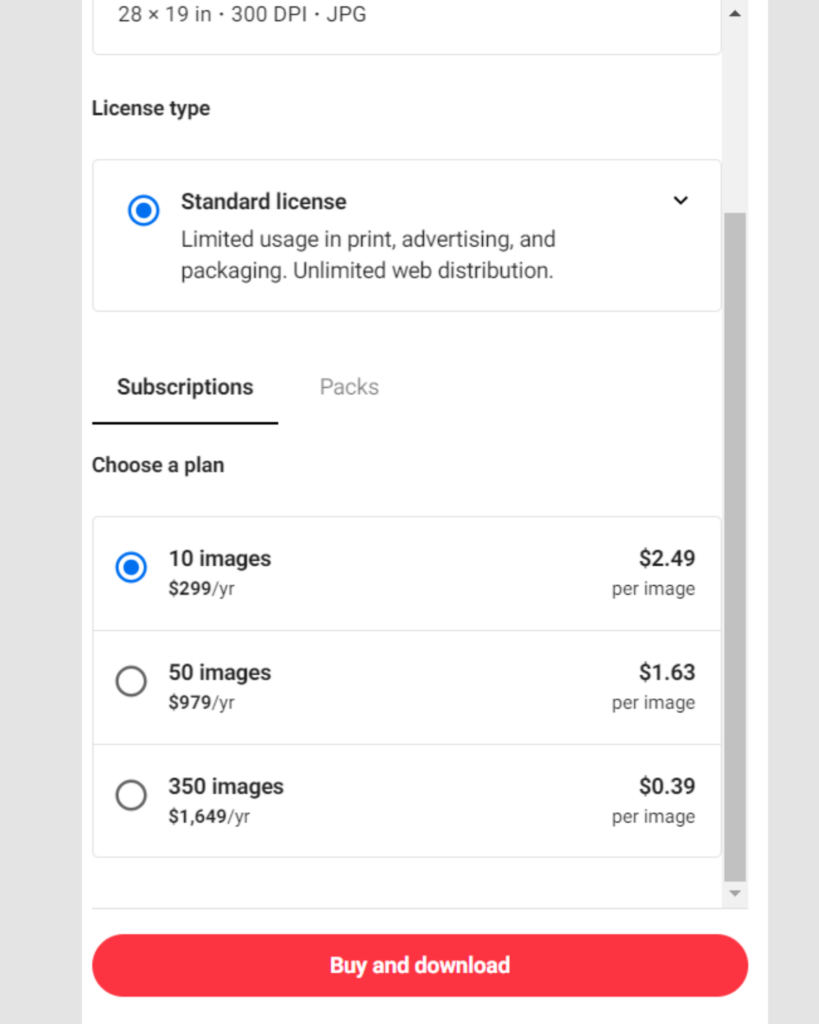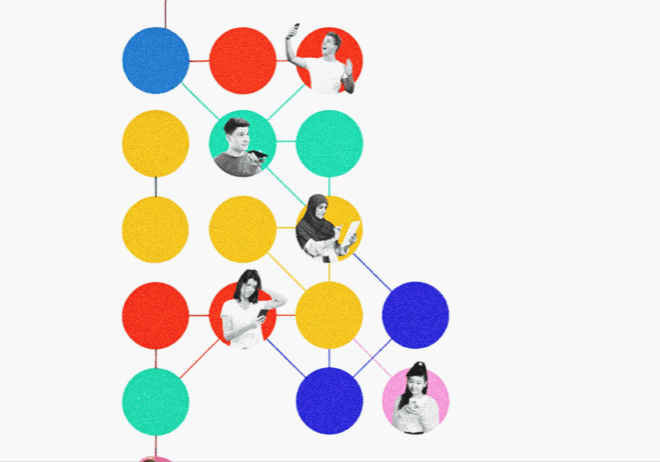
GenAI Saved Klarna $10M – Here’s My Hands-On Test.
“Generate a pelican viewing a sunscreen [brand insert] on a mobile app,” and voila, AI content generation engines spit your latest campaign.

Klarna, Swedish fintech brand, saved $10 million in digital marketing by leveraging generative AI, LLP modules, and conversational AI. They didn’t just save money via free platforms—they developed an internal chatbot AI that performs the work of 700 employees.
Saving money: good. Gutting digital innovation and automating design: bad? OK? Is this a game-changing advantage for brands and marketing executives, or a challenge to human creativity? This week, I set off to find out.
Klarna prompts ahead with Dalle, Firefly, Midjourney, marking the slithering of AI in marketing through small cracks
And the cracks are the needs which require more than human creativity and fast machines. When the marketing department at Klarna felt the need for speed, accuracy, and affordable digital assets—pictures, videos, vectors, animations, writeups, or web design to grab the masses’ attention, the integration of Dalle, Firefly, and Midjourney became indispensable.
Klarna recently ditched stock imagery platforms like Shutterstock and Getty and embraced AI image generators like DALL-E 3, Midjourney, and Firefly.
Klarna generated more than 1000 images in the first three months of 2024 using Gen AI, slashing their image production cycle from six weeks to just seven days (fast, but not furious). They successfully updated images for significant campaigns, including Mother’s Day, Summer Sales, and Valentine’s Week, and saved $6 million.
Klarna saved an additional $4 million by cutting spending on external marketing suppliers for translation, production, and social agencies. The company increasingly started to rely on language learning models of AI rather than external manual or automated assistance.
All cool in theory – but Klarna is a billion-dollar company with a huge sample size of images and engineers aplenty who are comfortable working with AI. What about the average company, or better, the average user?
I decided to see for myself and compared the price and convenience of old-timer Shutterstock and AI based Midjourney. I was floored.

One melting ice cream stock picture (which was ugly, anyway) would cost me more than $2—only if I committed to buying ten pictures from Shutterstock. On Midjourney, I created the flavor, shape, and background I wanted without pressure to buy ten more pictures.


Dawn of AI is here
“How efficient can Klarna’s digital marketing strategy be?” That question marked the dawn of a brutally efficient counterpart to traditional marketing.
For now, innovators like Klarna are still in the minority, but what we can learn from them is clear: AI doesn’t need to be flamboyant or flashy-; it just needs to be effective and efficient. Optimizing workflow is a people issue, but simple changes (like from stock to AI-generated images) can save millions and make for better content.
OpenAI and Klarna teamed up to create an internal AI system capable of handling customer service tasks with the productivity of 700 human employees.
But while discussing the rise of AI, we can’t ignore the shadow it casts on human employment. In 2022, Klarna laid off over 700 employees, insisting it had nothing to do with AI or automation. But… did it? And would they honestly tell us?
Tread with caution
Klarna’s efforts highlight the measures to maximize machine automation and minimize human intervention for efficiency gains at the bottom line. But we need to tread lightly and remember just how influential humans are to AI.
Humans generate prompts, and precision is paramount in digital marketing. The right prompts rule all, and those humans crafting these prompts must be held accountable for the outcomes. Inclusivity, gender equality, and imaginative creativity are vital in branding and disseminating information.
AI often faces accusations of inclusivity and class biases. There’s a constant need for growth and improvement. While these mico-projects might give the impression that a human-led workforce is replaceable, that’s not entirely true. While AI can automate tasks and enhance efficiency, it can’t replicate the human touch that fuels creativity and connection.
Think of AI as Tony Stark’s favorite computer, Jarvis—powerful and dependable. But Tony’s heart and humane essence made Jarvis a hero, not Ultron. AI can be an incredible tool, but the humans behind it shape its impact.
Cut to the chase
Klarna saved $10 million in marketing costs by embracing Gen AI modules and reducing reliance on external agencies. Their innovative approach supports major campaigns and highlights AI’s potential in digital marketing. However, it’s essential to tread carefully, ensuring that AI complements rather than replaces human creativity and connection.

